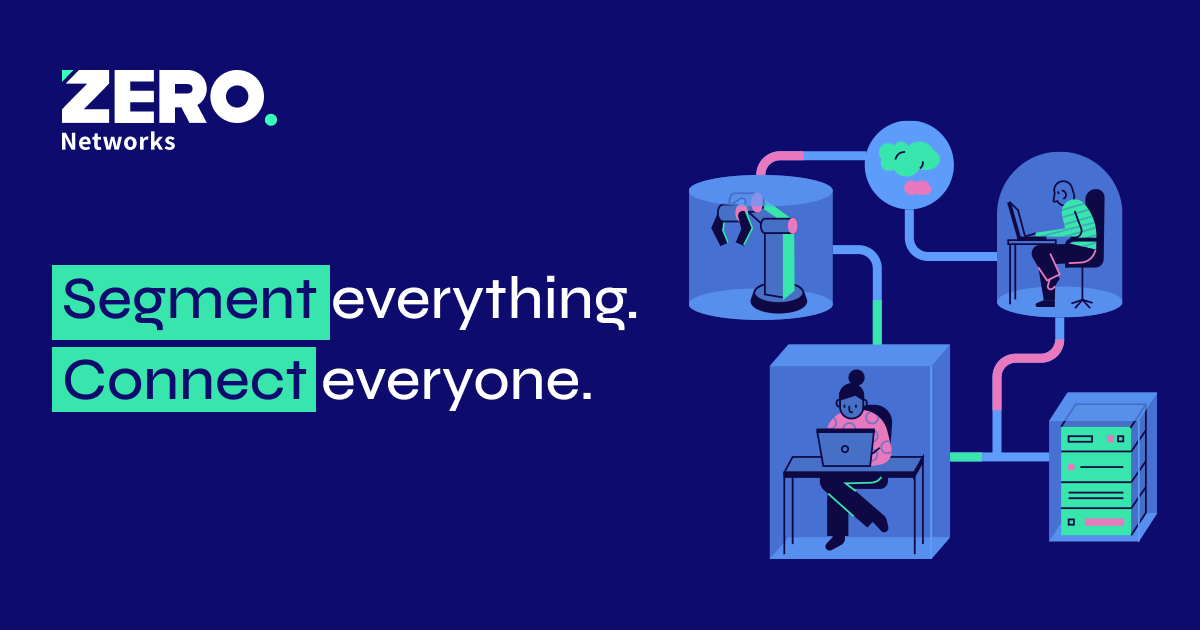Embracing Repatriation for Cloud Optimization: Reclaiming Control
Cloud computing has divided the business world. While it has no doubt created powerful value propositions for global enterprises, it has also presented various challenges. In this article, CR Srinivasan, EVP, Cloud And Cybersecurity Services & Chief Digital Officer at Tata Communications, explores how enterprises can optimize their operations through the strategy of cloud repatriation.

It is a raging debate. The business world is divided on this. Cloud computing has, no doubt, created powerful value propositions for global enterprises. Cloud-hosted digital environments offer unmatched scalability, flexibility, and cost efficiencies to future-facing organizations. However, despite its numerous benefits, certain difficult-to-ignore challenges have also emerged along the way. This has prompted many companies to explore cloud repatriation strategies to optimize their business operations. But what is cloud repatriation? And, what makes it worth our while?
Simply put, repatriation is the process of moving data and applications from a public cloud back to an organization’s on-premises data center, private cloud, or to its hosting service provider. But it is not a simple process. Given that the ultimate objective is to identify and implement the most optimized architecture that effectively supports our business needs and objectives, it just may work better for some businesses, in some instances.
Why we need to reclaim cloud mastery: Repatriation as an optimization strategy
For many enterprises, the bevy of challenges associated with leveraging public cloud may outpace its perceived benefits. Enterprises are clearly concerned about multiple factors associated with cloud usage including their:
- Budgetary outlays: Cloud services can be expensive if not managed efficiently. As per the Flexera 2023 State of the Cloud Report, a staggering 82% of enterprises identify the management of cloud expenses as their primary challenge. Managing cloud costs effectively becomes complicated due to factors such as storage costs, underutilized resource cost due to infrastructure sprawls, regulatory compliance, and data transfer expenses etc.
- Cloud security vulnerabilities: 79% of businesses harbor apprehensions about cloud security. Moving data or applications back to on-premises infrastructure, on the other hand, empowers businesses with increased control over their security infrastructure. This control extends to areas such as network configurations, access controls, encryption methods, and physical security measures.
- Limited know-how: Navigating the cloud on your own can be quite a challenge for enterprises, akin to finding your way in a new city without a map or local guide. No wonder, 78% of companies admit to grappling with the issue of insufficient resources and expertise in the cloud.
- Vendor lock-in periods: This has added another layer of complexity by making businesses overly dependent on a single cloud provider for their infrastructure, services, or applications. They find it difficult to move their data and applications to a cloud of their choice. In such cases, they may decide to move back their data and applications to avoid vendor lock-in.
- Poor data sovereignty: In the modern corporate landscape, safeguarding data, adhering to the regulations of the country in which the data is located, and mitigating leakage risks are critical. A remote cloud environment may undermine data sovereignty and may not comply with local data protection regulations. Enterprises also may lack control over data storage and processing across different jurisdictions.
- Latency and performance: Near-edge or on-premises edge locations are emerging as ideal destinations for repatriated workloads. These locations provide benefits such as minimized latency, on-site data processing capabilities for real-time applications, and support for Internet of Things (IoT) use cases.
In this scenario, cloud repatriation is quickly emerging as a viable business growth strategy. It involves transferring data and applications from a public cloud to an organization’s on-premises data center, private cloud, or hosting service provider.
Optimizing your cloud presence with repatriation
Cloud optimization aims to maximize efficiency and cost-effectiveness in using cloud computing resources. Therefore, repatriation can manifest in different forms like multi-tenanted private cloud, hosted private cloud, and alternative deployment models.
According to a recent IDC study, customers are finding it extremely compelling to run existing as well as modern born-in-the-cloud workloads in a private cloud environment versus running them on public cloud. Responding to this, system vendors are now providing unified management platforms that offer observability, management, and provisioning capabilities. These solutions allow businesses to access the same user experience as public clouds within their dedicated infrastructure. According to the study, by 2024, the proportion of mission-critical applications running on dedicated traditional data centers will see a decline from 30% currently to 28% while modernized versions of these applications running on private cloud will see an increase to 26%.
Modern enterprises may want to keep certain workloads on-premises while migrating others to the cloud without compromising their data. This allows them to harness the advantages of both environments. So, they need to assess their requirements to determine the best approach to cloud optimization. But repatriation is a complex process. While organizations traverse this journey to optimize their cloud presence, it inevitably leads to rearchitecting of the network infrastructure and revisiting the existing security solution architecture. Hence, the importance of a competent partner who can help an organization navigate the maze at this stage cannot be overstated.
To learn how Tata Communications helps you in your repatriation journey, go to https://www.tatacommunications.com/resource/products-solutions/cloud/fine-tuning-your-cloud-approach-optimising-cloud-strategies-through-repatriation/
Related Articles
Join The GBI Impact Community
Sign up to make an impact and hear about our upcoming events
By registering anywhere on the site, you agree with our terms and privacy policy



